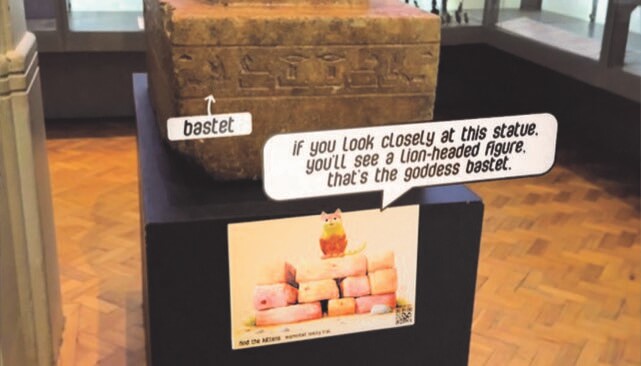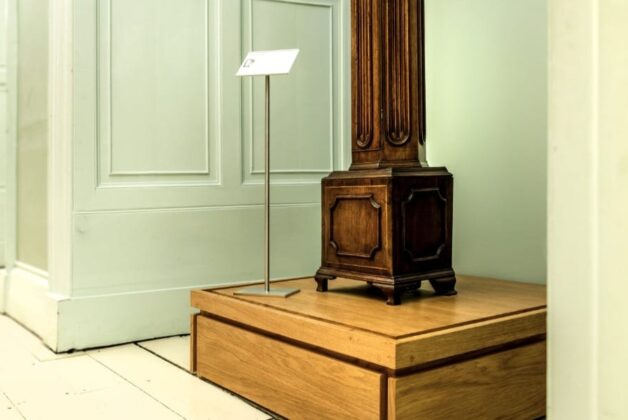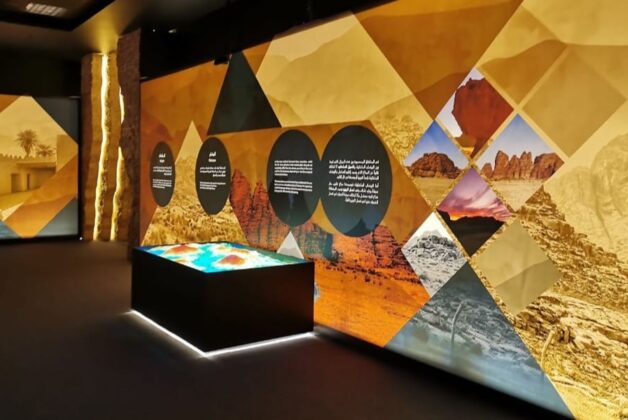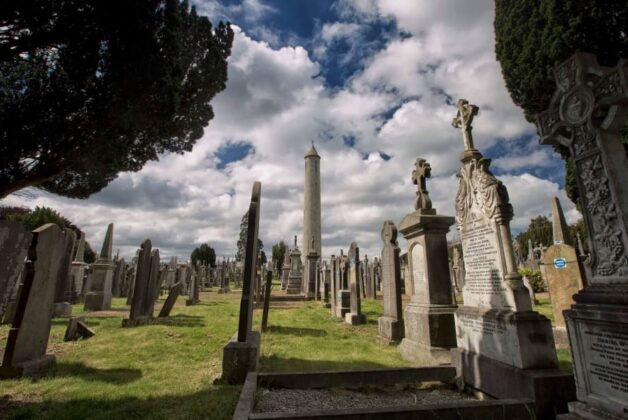AR History explains its sector survey exploring augmented reality adoption as museums trial X-ray analysis and video overlay technology. Take the Survey Here
Discover how augmented reality is quietly transforming museums, and why it’s about to get loud! Explore the present and future of this technology and how you can help shape it.
We’ve all heard of virtual reality. A few years ago, it was everywhere in the news, promising to change how we work, play and learn. But if we’re honest, it hasn’t quite taken off in the way many people expected. Headsets remain expensive, and for most visitors, the idea of putting one on in a busy museum feels a bit awkward.
Augmented reality, on the other hand, is quietly becoming part of everyday life. Whether it’s scanning a QR code, using filters on social media or exploring an interactive exhibition, AR is already here, sitting right in our pockets. For museums, it’s proving to be one of the most practical and exciting tools for creating richer visitor experiences. Let’s explore together the how, what and why of augmented reality.
What’s the Difference Between AR and VR?
The two terms often get used together, but actually they’re quite different in practice.
Augmented reality (AR) adds digital elements to the real world. Using a smartphone or tablet, visitors can point their camera at an object or space to reveal extra layers of information a video, a 3D model, a piece of audio, or even an animation that appears to sit right in front of them.
Virtual reality (VR) takes you somewhere else entirely. Wearing a headset, you step inside a digital environment that can recreate a moment in history or immerse you in an artist’s world. It’s incredibly powerful, but not always easy to integrate into day to day museum visits.
That’s why AR has become the more accessible option. It works with devices most people already own, and it can be used anywhere, from gallery spaces to outdoor heritage sites. You don’t need to be in a large national museum to use it even the smallest local venue can bring its stories to life with a simple web-based experience.
Why AR Matters in Museums
Museums have always been about storytelling. Every object in a collection has a history, a context and a human story behind it. But with limited display space and varied audiences, not every story can be told in one label or wall text. That’s where AR becomes so useful, it allows museums to reveal the layers of meaning that sit behind the physical object.
Bringing Objects to Life
AR can animate still images, show how they were created, or reveal what’s no longer there. Imagine a visitor who knows little about a painting and watch them uncover its hidden stories and insights through videos and images overlaid onto the original painting in digital space. It’s a simple way to spark curiosity and connect visitors emotionally to what they’re seeing.
Making Museums More Accessible
Accessibility is another major benefit. AR can support visitors who use British Sign Language, providing interpretation directly on their screens. It can offer subtitles, audio guides, or 3D models that help people with visual impairments understand the shape and form of objects. By presenting content in multiple ways, museums can help everyone engage on their own terms, its also a huge bonus when it comes to grant funding!
Telling More Inclusive Stories
AR also offers the chance to show different viewpoints. A single object can have many meanings to historians, artists, and communities. Through AR, museums can present all these perspectives side by side. Local people can record their memories, artists can respond creatively, and curators can add expert context. It’s a way of democratising interpretation and making heritage feel shared rather than owned.
Examples and Emerging Practice
Across the UK, more museums are beginning to explore these possibilities.
Here at ARHistory we have been exploring various concepts with National Museums Liverpool to bring out the fabulous work of their conservation team. We created a simple web experience to allow visitors to discover X-Ray and Infrared scans of some of the paintings in the Walker Art Gallery with further visual overlays to highlight characters that had been erased and changes from the artists original sketch. These sorts of insights are only scratching the surface of what’s possible with AR. The process is highly repeatable across the gallery and relatively inexpensive to produce using modern tools.
We’re also exploring video overlay content. Two trial exhibits will be in place over the Christmas period with an image of the first frame of some historic video content allowing visitors to view the footage in the same location it was originally taken. This is part of a wider project for the new year to install similar experiences across the city showcasing the city’s rich history and engaging people in a new way.
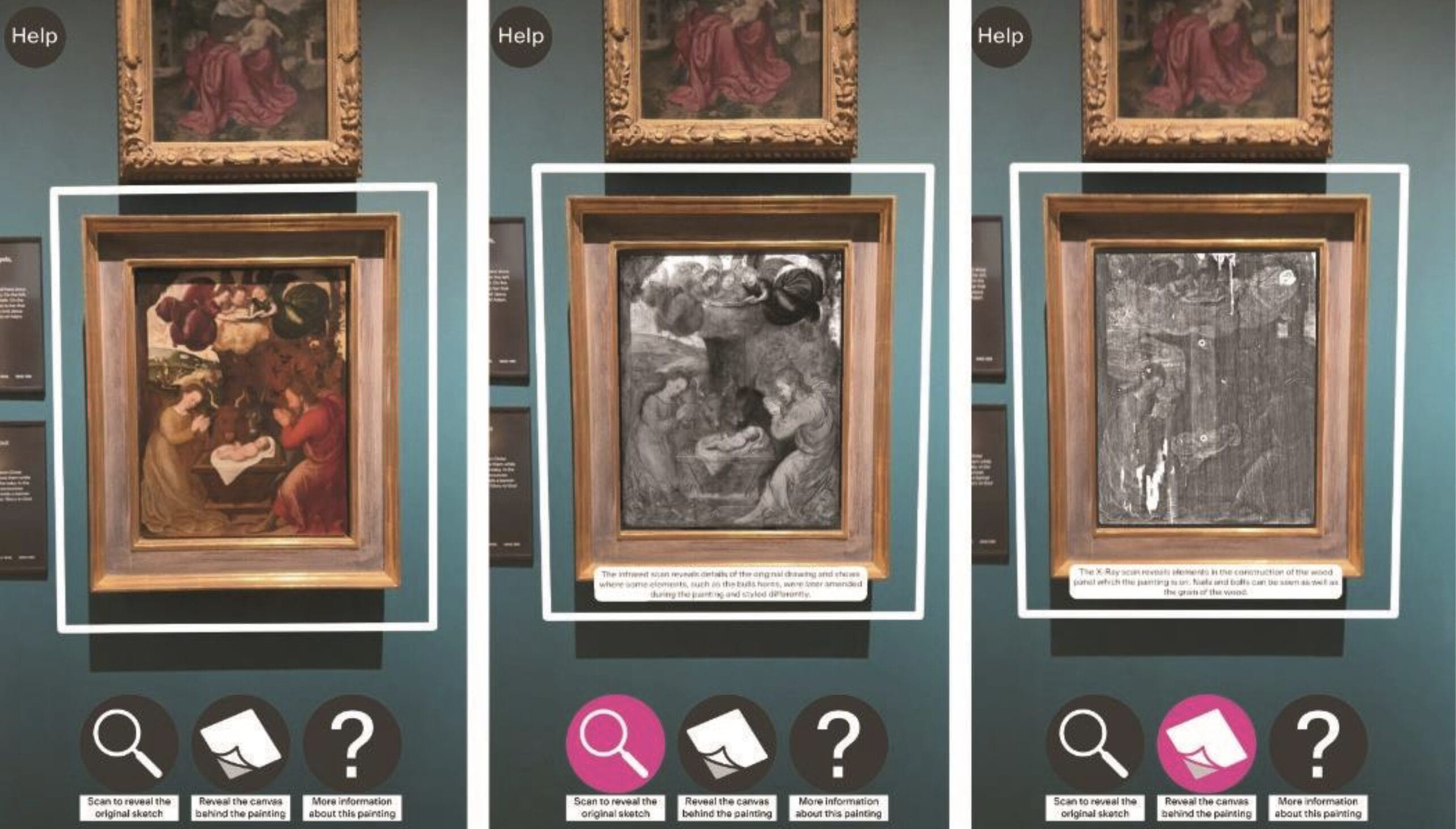
Looking Ahead
The technology itself is no longer the barrier it once was. Creating an AR experience no longer requires expensive equipment or highly specialist knowledge. Developing tool sets now allow museums to start small, test ideas, and build gradually.
But the real challenge (and opportunity) lies in collaboration. AR works best when curators, designers, educators and communities come together to shape how it’s used. It’s not about technology for its own sake, but about using it to tell stories that matter.
We’re also learning that audiences are ready for it. Visitors increasingly expect digital content to complement the physical experience, and younger audiences in particular respond well to interactive, self-guided formats. AR can meet those expectations while still preserving the authenticity and atmosphere of the museum visit.
For heritage sites, especially those outdoors or partially lost to time, AR can also be a lifeline. Digital reconstructions allow visitors to visualise what’s no longer visible, helping them understand and appreciate the past in a more immediate way.
Help us Develop The Tools You Want!
As more museums begin to explore AR, it’s important that we learn from each other what works, what doesn’t, and where the opportunities lie.
To help shape the future of AR in museums and heritage spaces, we’re gathering insights from professionals across the sector. Whether you’ve already experimented with AR or are simply curious about what it could offer, your input will make a real difference.
Please take a few minutes to share your thoughts in our short survey below. Your ideas will help us understand how digital tools can best support storytelling, accessibility and community engagement in the years ahead.
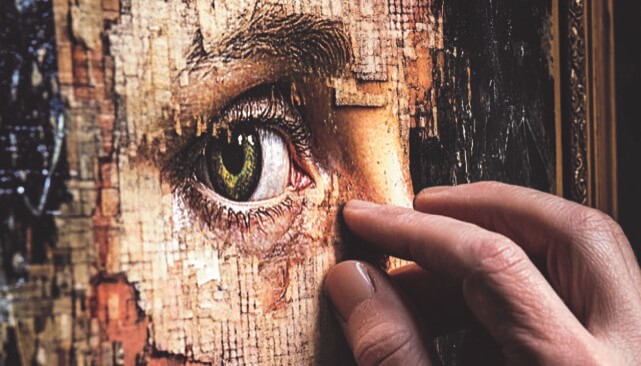
Written by David Oldham, founder of ARHistory – a digital studio creating immersive experiences for museums, galleries and heritage sites.

